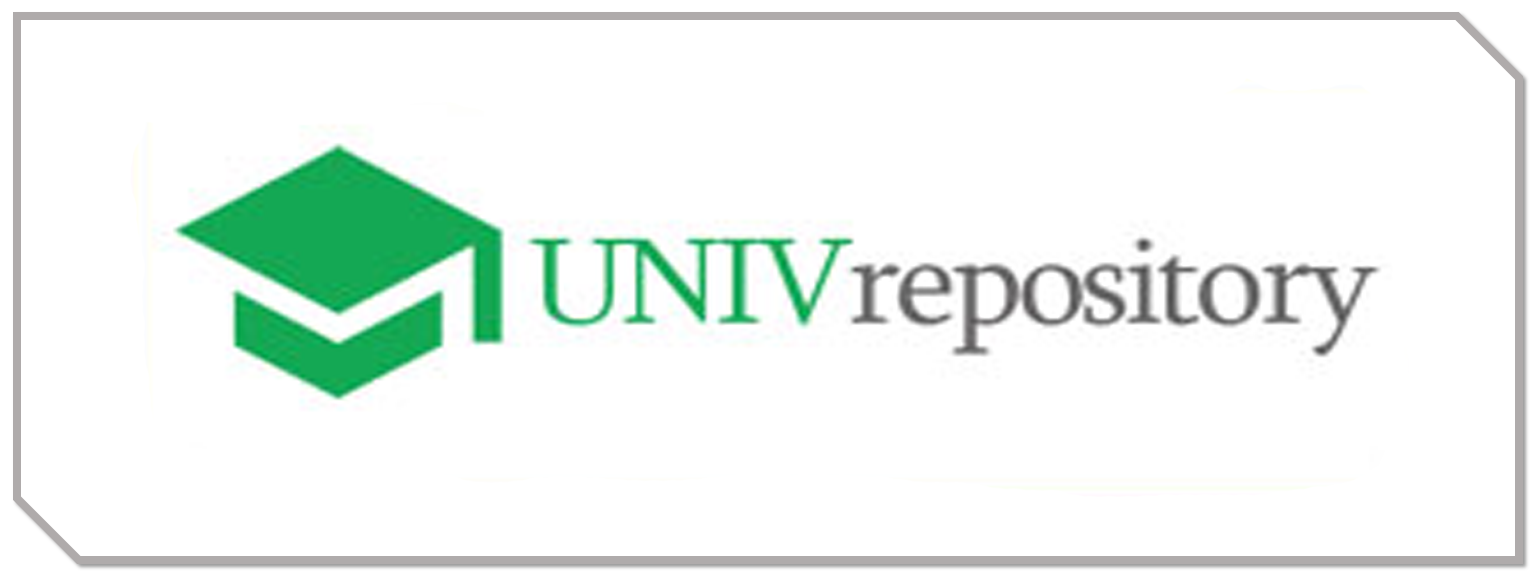MAKNA SYIFA’ DALAM AL-QURAN (STUDI KOMPARATIF PENAFSIRAN M. QURAISH SHIHAB DAN SAYYID QUTHB)
DOI:
https://doi.org/10.51875/attaisir.v6i1.584Keywords:
Syifa, Thematic Tafsir, Quraish Shihab, Sayyid Quthb, Comparative Interpretation, Qur'anic HealingAbstract
This study aims to analyze the interpretation of syifa' (healing) verses in the Qur'an by two prominent exegetes, M. Quraish Shihab and Sayyid Quthb, focusing on six key verses: At-Tawbah [9]:14, Yunus [10]:57, An-Nahl [16]:69, Al-Isra [17]:82, Ash-Shu‘ara [26]:80, and Fussilat [41]:44. Employing a qualitative library research method with a comparative approach, this study examines the similarities and differences in their interpretations by considering each scholar’s historical and theological context. The findings reveal that while both exegetes agree that syifa' represents a form of divine mercy with healing properties, Quraish Shihab tends to elaborate on its dual function—spiritual and physical—using contextual and multidisciplinary reasoning. Sayyid Quthb, on the other hand, primarily views syifa' in a spiritual and moral light, emphasizing faith and justice within a socio-political framework. Quraish Shihab’s interpretation also opens space for scientific perspectives, as seen in his discussion of honey in Surah An-Nahl as a natural remedy, whereas Sayyid Quthb focuses more on spiritual purification. This study suggests that the Qur'anic concept of syifa' offers potential for integrating spiritual values with modern scientific approaches to health, thus encouraging a holistic understanding of healing that encompasses physical, psychological, and spiritual dimensions.












